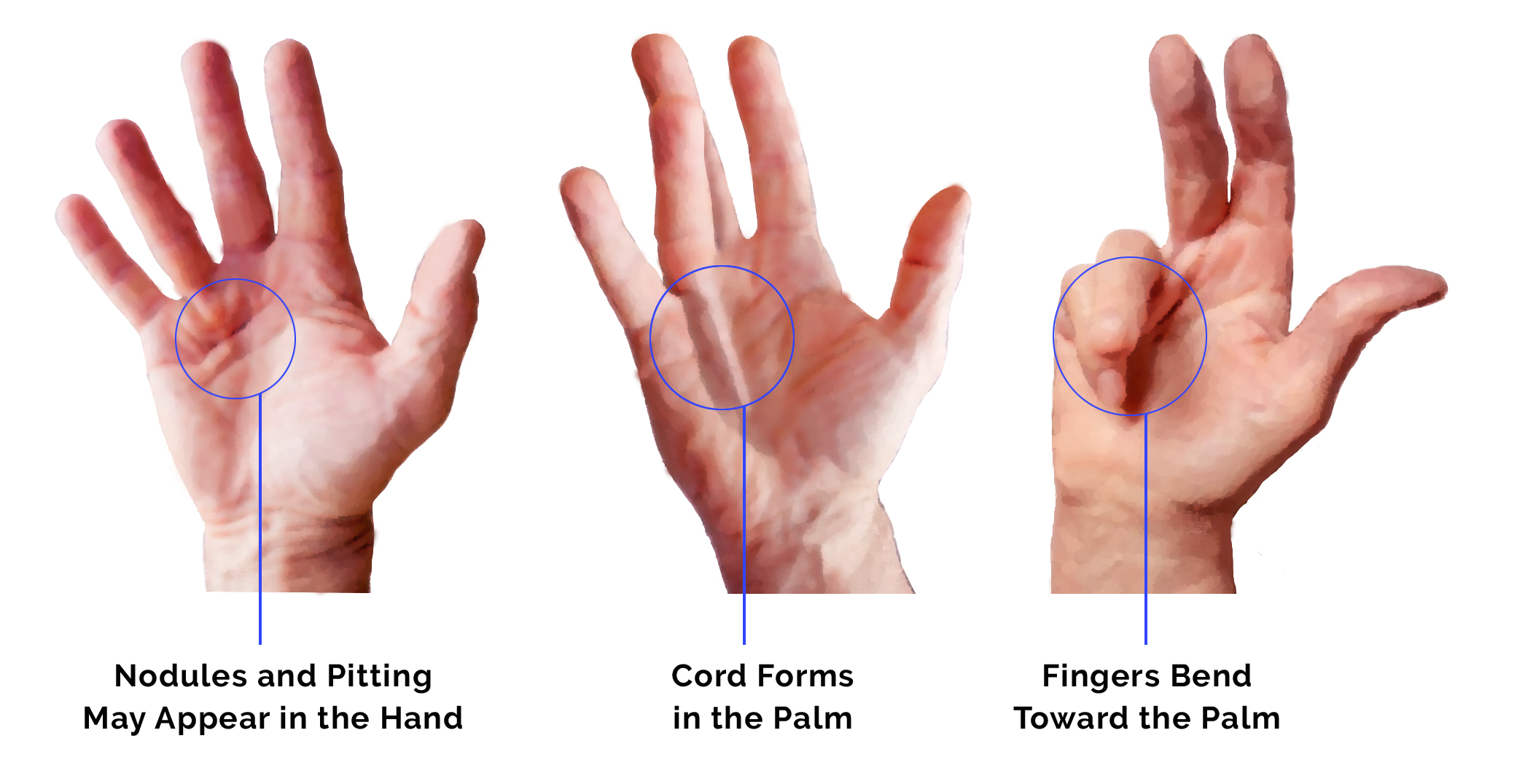Nursing Paper Example on Dupuytren’s Contracture
Nursing Paper Example on Dupuytren’s Contracture
(Nursing Paper Example on Dupuytren’s Contracture) Dupuytren’s contracture, also known as palmar fibromatosis, is a progressive condition affecting the connective tissue in the palm of the hand. This condition leads to thickening and tightening of the fascia, causing one or more fingers to bend permanently toward the palm. It can significantly impact hand function, particularly grip strength and dexterity.

Causes of Dupuytren’s Contracture
The exact cause of Dupuytren’s contracture remains unclear, but research suggests it results from a combination of genetic, environmental, and lifestyle factors. Key contributing factors include:
- Genetics: A strong hereditary component has been noted, with a higher prevalence among individuals of Northern European descent.
- Gender: Men are more commonly affected than women.
- Age: The condition usually develops after the age of 50.
- Lifestyle Factors: Smoking and alcohol consumption are associated with an increased risk.
- Medical Conditions: It is more common in individuals with diabetes and those undergoing treatment for epilepsy.
These factors may trigger changes in the connective tissue, leading to the abnormal production of collagen and subsequent fibrotic nodules and cords in the palm (National Health Service [NHS], 2023).
Signs and Symptoms of Dupuytren’s Contracture
Dupuytren’s contracture often progresses gradually over several years. Common signs and symptoms include:
- Palmar Nodules: Small, firm lumps that form in the palm, often near the base of the ring or little finger.
- Thickened Cords: Bands of fibrous tissue develop, extending from the nodules to the fingers.
- Finger Flexion: The fingers, especially the ring and little fingers, gradually bend toward the palm.
- Loss of Function: As the contracture progresses, affected individuals may struggle to fully straighten their fingers, affecting grip strength and manual dexterity.
The condition is usually painless, but some individuals may experience tenderness around the nodules in the early stages.
Pathophysiology of Dupuytren’s Contracture
Dupuytren’s contracture is characterized by fibroproliferative changes in the palmar fascia. The following mechanisms contribute to the condition:
- Collagen Overproduction: Type III collagen, which is normally present during wound healing, accumulates excessively in the fascia, forming nodules and cords.
- Myofibroblast Activity: Myofibroblasts, specialized cells involved in tissue repair, become overactive and contract, leading to thickening and shortening of the connective tissue.
- Vascular and Immune Dysregulation: Altered blood flow and immune responses in the affected tissue may further exacerbate fibrosis (Mayo Clinic, 2023).
Diagnosis of Dupuytren’s Contracture
Dupuytren’s contracture is typically diagnosed through a clinical examination. Key diagnostic steps include:
- Physical Examination: The physician palpates the palm and fingers to assess the presence of nodules, cords, and contractures.
- Functional Assessment: Patients may be asked to place their hand flat on a table. Inability to fully straighten the fingers is a hallmark feature.
- Differential Diagnosis: Other conditions, such as trigger finger and tenosynovitis, are ruled out.
Imaging studies, such as ultrasound or magnetic resonance imaging (MRI), are rarely needed but may be used to evaluate the extent of fibrosis in complex cases.
Treatment Regimens for Dupuytren’s Contracture
Treatment options for Dupuytren’s contracture depend on the severity and functional impact of the condition. These include non-invasive and surgical approaches.
Non-Surgical Treatments
- Watchful Waiting: Mild cases with minimal functional impairment may only require observation.
- Steroid Injections: Corticosteroids can reduce inflammation and slow the progression of nodules.
- Collagenase Injections: Enzymatic injections, such as collagenase clostridium histolyticum, break down the fibrous cords, improving finger extension.
Surgical Treatments
- Needle Aponeurotomy: A minimally invasive procedure where a needle is used to divide the thickened cords.
- Fasciectomy: Partial or total removal of the affected fascia to release the contracture.
- Dermofasciectomy: Removal of the fascia along with the overlying skin, often requiring skin grafting to prevent recurrence.
Rehabilitation
Post-procedure rehabilitation, including physical therapy and splinting, is crucial to restore range of motion and prevent recurrence.
Complications Associated with Dupuytren’s Contracture
Without treatment, Dupuytren’s contracture can lead to severe hand deformity and loss of function. Even after treatment, complications may arise, including:
- Recurrence of contractures.
- Nerve or blood vessel damage during surgery.
- Stiffness and reduced range of motion due to scar formation.
Prognosis
The prognosis for Dupuytren’s contracture varies. Early intervention and treatment generally lead to better outcomes, but recurrence is common. Surgical procedures are more likely to yield lasting improvements compared to non-surgical methods.
Patient Education
Education is vital for managing Dupuytren’s contracture. Patients should:
- Understand the progressive nature of the disease.
- Avoid hand trauma and repetitive strain to minimize aggravation.
- Seek medical evaluation promptly if contractures worsen.
- Follow postoperative care instructions, including physical therapy and splinting.
Support groups and patient organizations can also provide resources and assistance.
Conclusion
Dupuytren’s contracture is a chronic connective tissue disorder with significant functional implications. While its exact cause remains unclear, advancements in non-surgical and surgical treatments have improved management options. Early diagnosis, tailored interventions, and rehabilitation are essential for preserving hand function and quality of life.
References
Mayo Clinic. (2023). Dupuytren’s Contracture: Symptoms and Causes. https://www.mayoclinic.org
National Health Service (NHS). (2023). Dupuytren’s Contracture. https://www.nhs.uk
American Academy of Orthopaedic Surgeons. (2023). Dupuytren’s Contracture: Overview. https://www.aaos.org
MedlinePlus. (2023). Dupuytren’s Disease. https://medlineplus.gov


